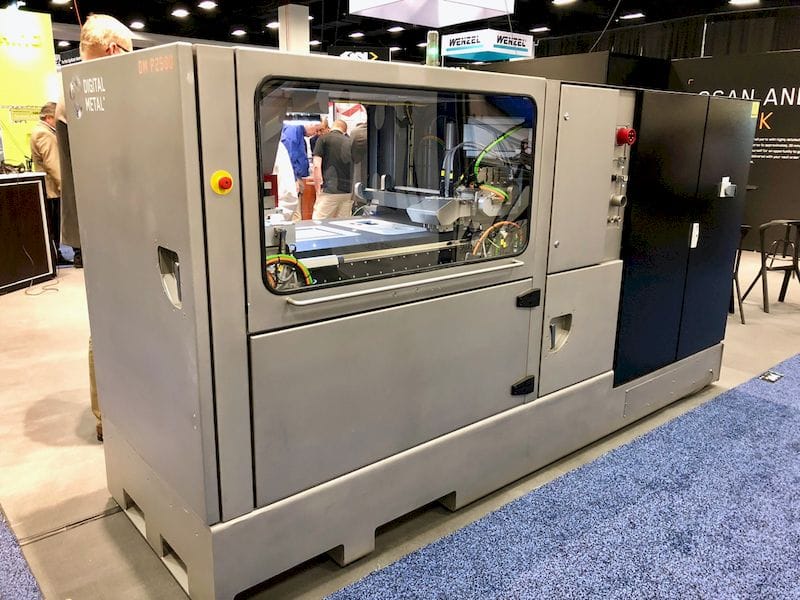
Sweden-based Digital Metal is expanding.
The quiet company has been developing a very powerful 3D printing technology that enables prints with extremely detailed features. We’ve covered their technology previously, but recently we asked them how things are going.
Like any competent company, they have been steadily working forward in both capacity and quality.
Their machine, the DM P2500, was gently launched with only a few clients. Evidently they were well-received, because the company has since received a number of orders and is currently building new machines to meet demand.
I should note that these are not mass produced machines, like any significant industrial equipment; in most companies, they are typically built only when ordered. Thus building machines is a very positive sign for the company.
To accommodate expected growth, Digital Metal is increasing their work space by adding a new room that should increment their available space by 50%, and is apparently hiring a number of new engineers.
Finally, they have been working with metal materials different from their original steel powder material. I haven’t been able to find out which specific metals they’ve been experimenting with, but I would imagine nickel, aluminum and titanium might be metals they could be considering.
There has been very significant uptake of 3D metal printing technologies over the past two years, with specific industries “discovering” how to benefit from the technology. Mostly this interest has come from aerospace, automotive and medical areas.
But Digital Metal’s technology is a bit different: while it offers extreme detail, it currently does not have an ability to produce larger parts. Thus their market is for those seeking finely detailed, but small parts.
Their market might include industries such as jewelry, or small equipment manufacturers, which are not the typical high-interest 3D metal printing industries. I am now wondering if the buzz generated by those three industries is beginning to shine over to other industries, bringing in even more users to the 3D metal printing world.
That may be another reason why there’s such interest in Digital Metal’s systems.
Via Digital Metal

